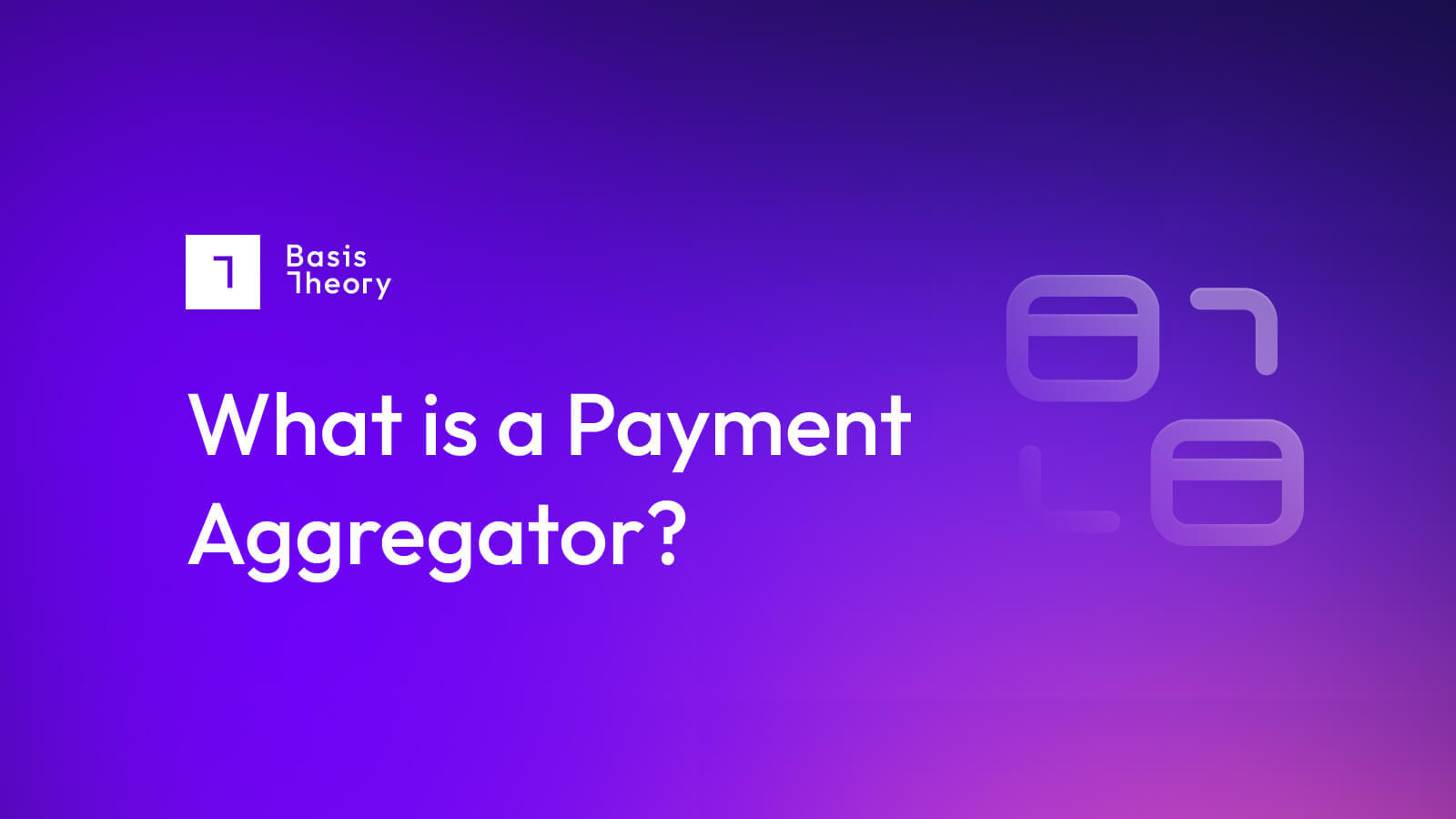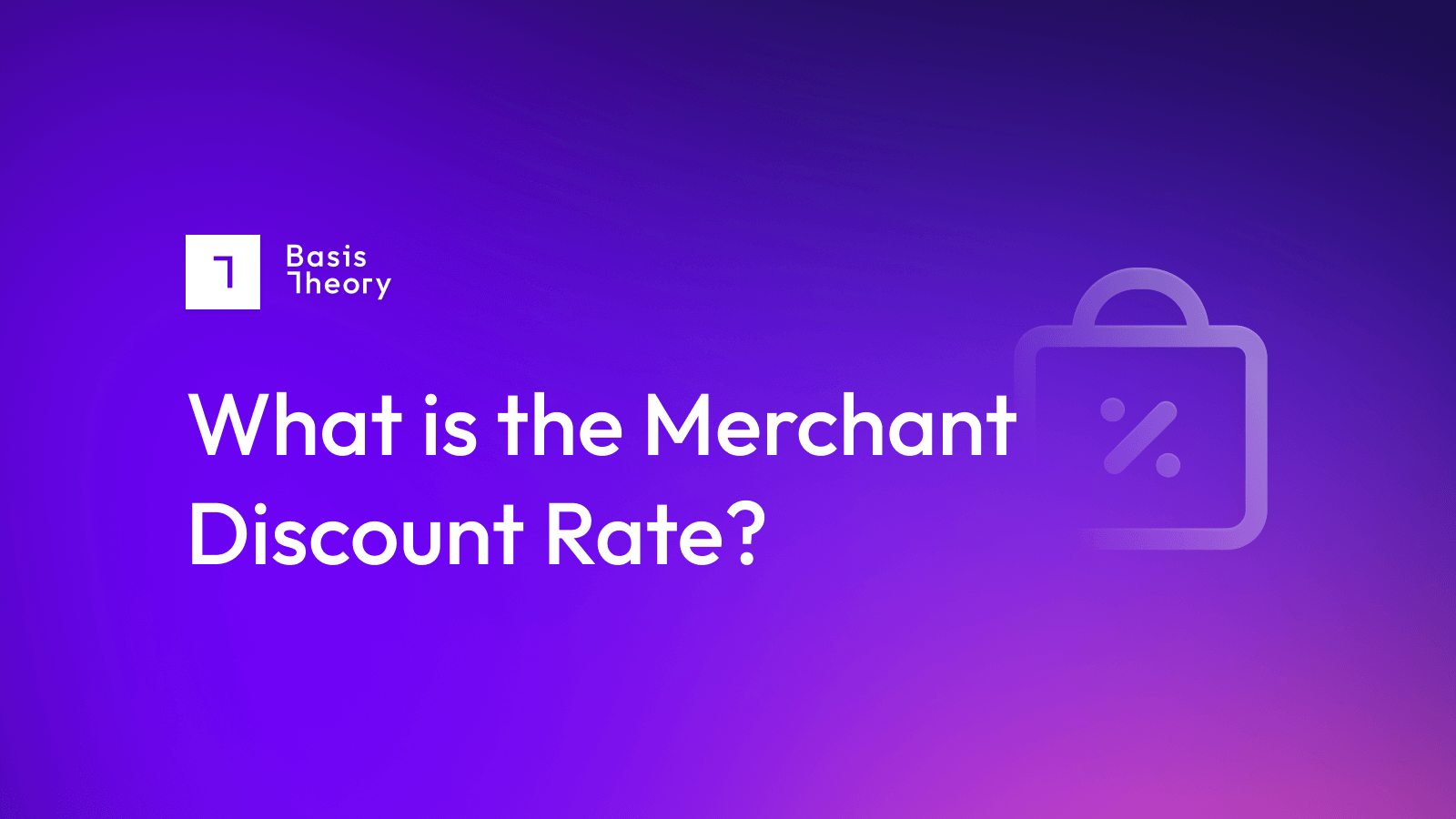What is a Payment Aggregator?

A payment aggregator is a service provider that shares their merchant account with their customers, allowing them to start accepting payments quickly and easily. Instead of the time and resource drain of gaining their own merchant account, organizations can quickly go live as a sub-merchant on the aggregator’s platform. Predictably, the primary downside to this arrangement is cost: working with one’s own merchant account, associated with a number of payment gateways, has a lower long-term total cost of ownership.
How does a payment aggregator simplify merchant transactions?
Let’s start by considering how many entities are involved in closing a sale when there is no payment aggregator involved:
- The customer gives their payment details (likely credit card information) to the merchant
- The merchant runs their own check to ensure the details are likely to be correct
- The merchant passes the data to a payment processor, likely a payment gateway
- The payment gateway runs its own security check to ensure the deal is likely to close
- The gateway passes the details to a card network
- The card network checks with the issuing (i.e. customer’s) bank to ensure the transaction should go through
- Assuming success, the issuing bank initiates the transfer of funds to the acquiring (i.e. merchant’s) bank, and confirms to the card network
- The card network confirms to the gateway
- The gateway confirms to the merchant
- The merchant confirms to the customer
- At some later stage the acquiring bank receives the actual funds from the issuing bank and passes them to the merchant
For the merchant, accessing this process means having both a merchant account, and relationships with one or more payment gateways. Their bank (the acquiring bank) will require them to jump through a number of hoops, including background checks, credit checks, personal guarantees, confirmation of PCI compliance, and possibly even a review of the business itself. Having set up the merchant account, the merchant can now sign up with a payment processor (gateway), who will execute the transactions and ensure money is being passed from acquiring banks to the merchant’s acquiring bank. In fact, the merchant will likely need relationships with multiple processors, as not all of them provide all the payment methods customers prefer, and, indeed, they may not be able to process transactions in every country a merchant operates in.
By contrast, a payment aggregator takes care of just about everything: the merchant need not get their own merchant account, is already tied to a processor, and simply needs to drop a ‘buy now’ link onto their website to get started. From the perspective of a merchant operating with a payment aggregator, all a customer has to do is enter their payment information and the deal either goes through or it doesn’t - and when it does, the money is delivered to their bank account by the processor on a predetermined schedule.
Why would a merchant prefer not to use a payment aggregator?
With the amount of complexity that a payment aggregator removes from the transaction process for a merchant, it is to be expected that there is a cost differential. This imbalance takes the form of both obvious and less-obvious elements.
The most obvious difference in cost is the standard fees charged for transactions. Payment aggregators, classically, will offer a simplified rate structure that combines a percentage and a flat fee - 2.9% plus $0.30, for instance. This will apply regardless of the type of payment method used or the size of the transaction (although there is normally a secondary rate for very small transactions). Given that, at the gateway level, fees are normally based on what is known as “interchange plus” or a small upcharge to the fee charged by the card network, this simple rate structure can prove very expensive as transaction volume grows. It is, however, largely predictable and valuable for a new endeavor as it models its business.
The less-obvious difference in costs comes both from unexpected charges, and a lack of transparency. Refunded transactions, for instance, often cost as much as, if not more than, non-reversed sales, making returns extra expensive; similarly, fines for chargebacks (i.e. when the cardholder demands their refund from the card network rather than the merchant) can be extremely expensive. Meanwhile, the gap between interchange plus and aggregator fees can be very wide; and adjacent services, such as currency exchange, can prove to be very large money-spinners for the aggregators, at the expense of both merchants and their end-customers.
Meanwhile, there is significant business risk in being committed to a single payment aggregator: at any time, the provider can opt to sanction, or even sever the relationship with, their merchant customer, leaving the merchant scrambling to find a way to take payments. While, as an independent merchant, you have an obligation to your merchant account holder to comply with certain rules (keeping chargebacks low, for instance), as the customer of a payment aggregator you may be subject to rules that may be trickier to establish: a quick Google search will reveal many stories of merchants that found themselves without access to the payment ecosystem without clear explanation.
What is a good alternative to a payment aggregator?
There are two solid alternatives to using a payment aggregator: either building your own payment system, with everything from merchant account to multiple gateway relationships; or spreading your risk across multiple payment aggregators. Unless you have a very high volume of transactions, and can therefore justify the expense of a significant dedicated payments team, using multiple aggregators, or Payment Service Providers (PSPs) may be the best option.
In order to get the most out of these multiple PSP relationships, you’ll want to give yourself an opportunity to mitigate your costs and risks by building out automation that enables you to optimize your payment approach. The most secure way to do this is to use a tokenization provider like Basis Theory. First, you will deliver cardholder data direct to a secure vault, then release it to your preferred PSP for each transaction, eliminating the security risks to your customers’ information, both in-motion and at-rest. That stored data can then be re-used for future transactions, and delivered to the best processor for your needs, whether that’s to access the lowest fees, the highest potential for a successful transaction, or even an unusual payment method.
.png?width=365&height=122&name=BTLogo%20(1).png)



